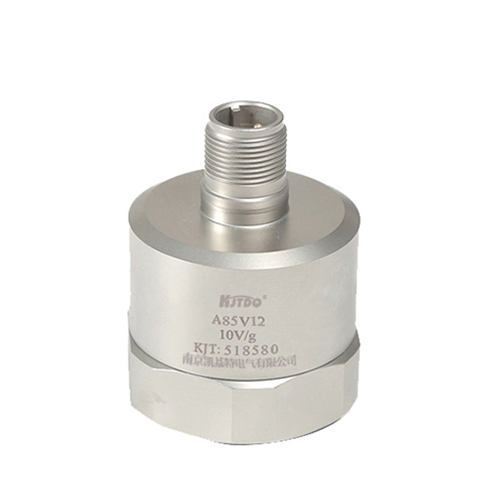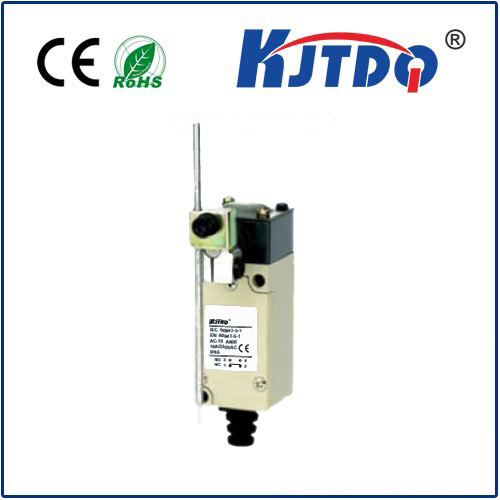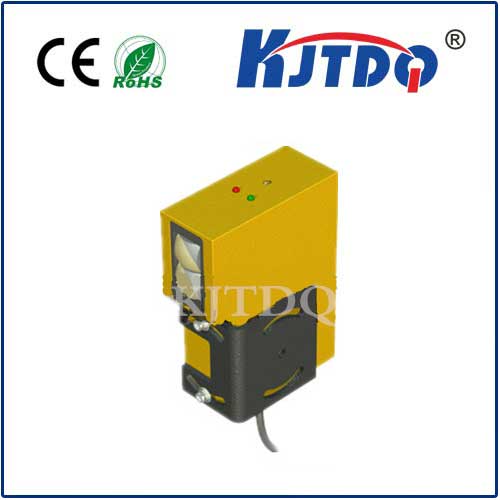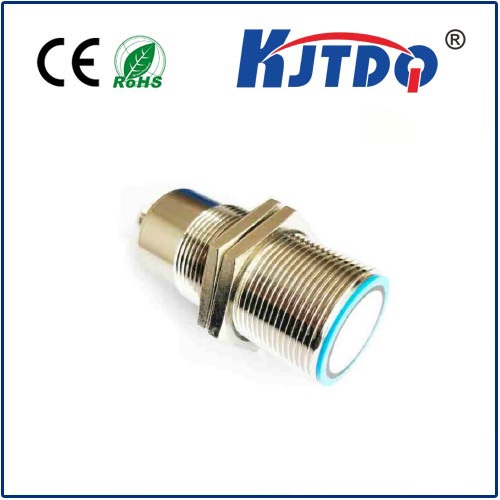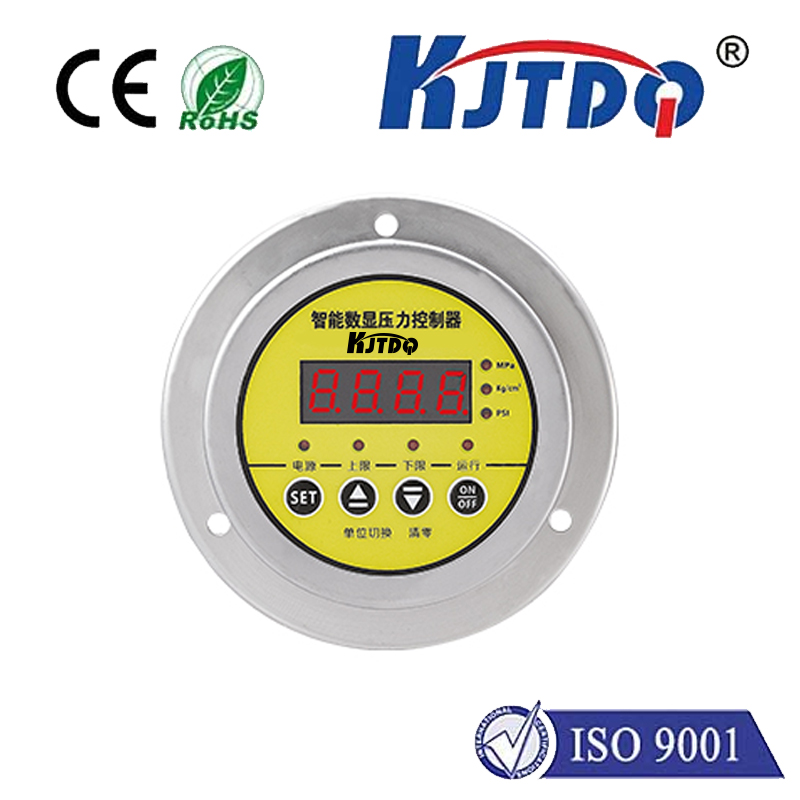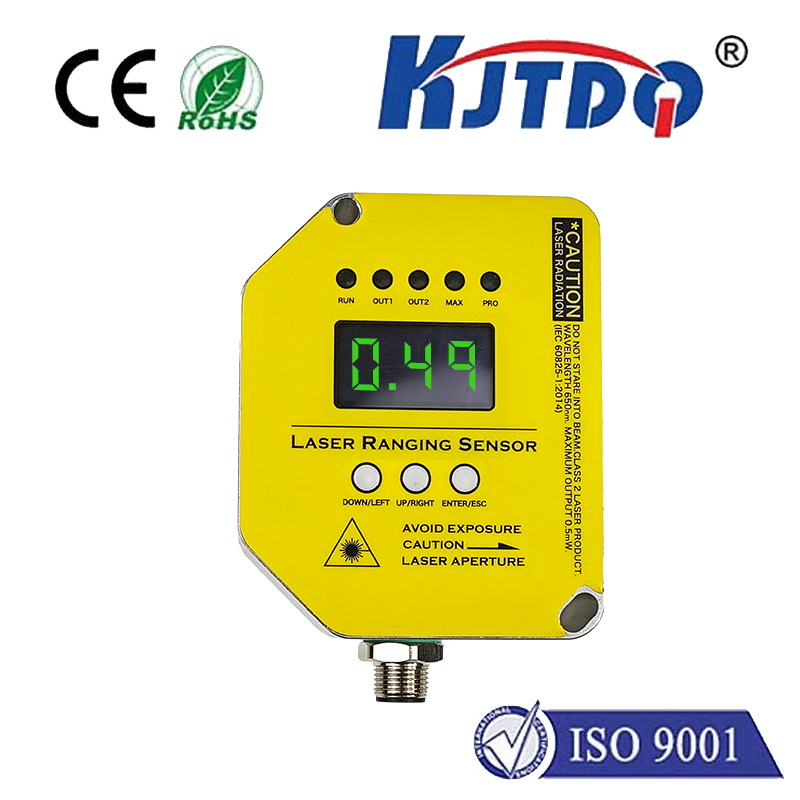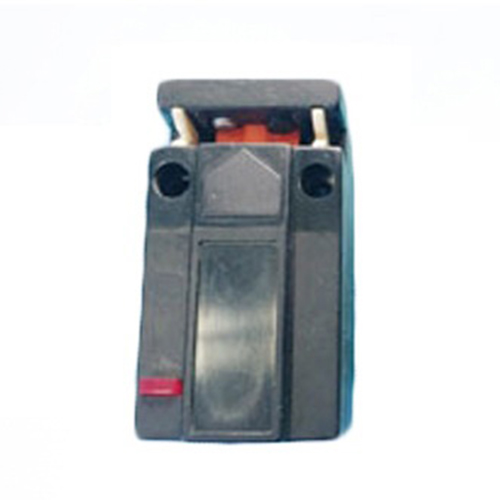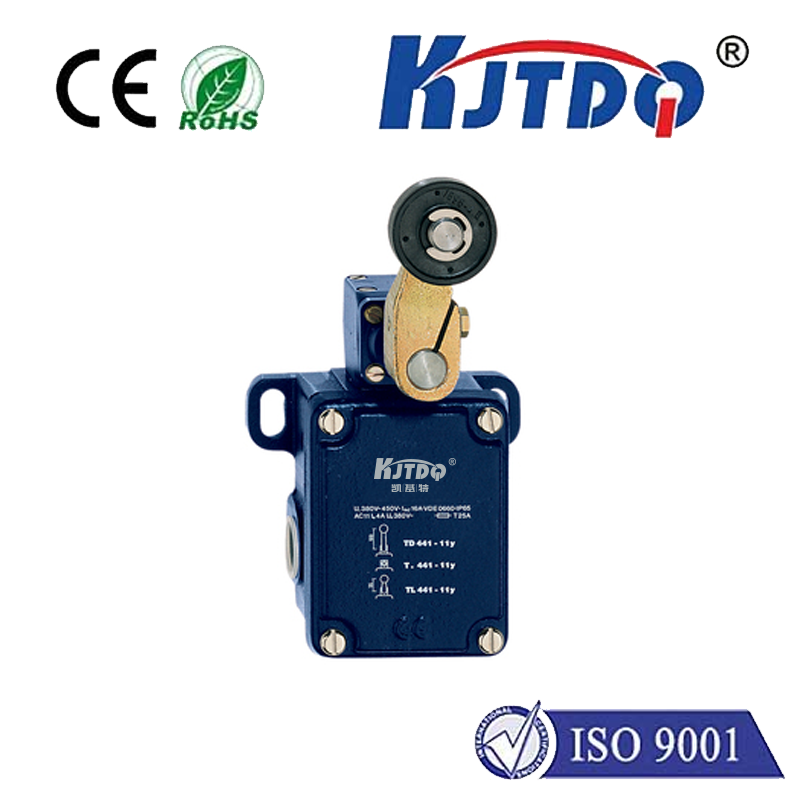laser proximity switch
- time:2025-06-16 17:45:01
- Click:0
Laser Proximity Switches: The Cutting Edge of Non-Contact Object Detection
Imagine a world where machines “see” objects with pinpoint accuracy, triggering actions without a single touch. Where dusty environments, vibrating conveyors, or the need for extreme precision no longer spell trouble for sensing tasks. This isn’t science fiction; it’s the everyday reality powered by laser proximity switches. These sophisticated sensors are rapidly becoming indispensable tools across modern industry, offering unparalleled reliability where traditional methods falter.
What Exactly is a Laser Proximity Switch?
At its core, a laser proximity sensor is a non-contact device designed to detect the presence, absence, or distance of an object within its designated sensing range. Unlike mechanical limit switches or even many inductive/capacitive sensors, laser proximity switches utilize a highly focused beam of light – a laser – combined with advanced photoelectric principles. There’s no physical contact required, eliminating wear and tear on both the sensor and the target. This fundamental characteristic underpins their significant advantages.
The Inner Workings: How Laser Precision Achieves Detection

Understanding the basic principles demystifies their operation:
- Emission: An integrated laser diode generates a tightly collimated (focused) beam of coherent light, typically in the visible red spectrum (easier for alignment) or infrared (IR).
- Propagation: This intense beam travels towards the target area. The focused nature allows for longer sensing distances and precise detection of very small objects compared to diffuse sensors.
- Reflection: When the laser beam strikes the target object, a portion of the light is reflected back towards the sensor.
- Reception & Processing: A sensitive photodetector (like a photodiode or phototransistor) within the switch captures the reflected light. Sophisticated internal electronics then analyze the received light signal.
- Principle Variations: Some switches use simple intensity detection (sufficient reflection = object present). More advanced versions employ time-of-flight (ToF) measurement. Here, the sensor precisely calculates the time difference between emitting the laser pulse and receiving its reflection. Since the speed of light is constant, this directly translates into an extremely accurate distance measurement.
- Output: Based on the analysis (object presence/absence or calculated distance), the switch changes its internal electronic state. This typically triggers a discrete output signal – either a PNP/NPN transistor switch or a relay contact – signaling a control system (like a PLC) that an object has been detected or a specific distance threshold has been crossed. Modern variants often feature IO-Link connectivity for enhanced diagnostics and parameterization.
Why Choose a Laser Proximity Switch? Key Advantages
The unique technology offers compelling benefits over other proximity sensing solutions:
- Exceptional Accuracy & Resolution: Laser beams can be focused down to minute spot sizes, enabling detection of very small objects, features, or precise positioning. Distance measurement via ToF provides sub-millimeter accuracy.
- Extended Sensing Ranges: Laser proximity sensors consistently achieve significantly longer working ranges than diffuse photoelectric sensors or inductive/capacitive proximity switches, often spanning several meters.
- Unmatched Precision Targeting: The highly collimated beam is unaffected by the color or surface angle of adjacent objects (“background suppression”), allowing for precise detection in cluttered environments. It also enables reliable detection through small openings.
- Speed and Responsiveness: Detection happens at the speed of light. Laser proximity switches offer extremely fast response times, making them ideal for high-speed production lines and conveyor systems.
- Minimal Sensitivity to Target Properties: While optimal on reflective surfaces, they generally perform well on a wide variety of materials (matte, shiny, transparent, dark) compared to standard diffuse sensors. Performance on specific targets should always be verified.
- Robustness in Harsh Conditions: Immune to magnetic fields, unaffected by acoustic noise or most airborne contaminants (though heavy obscuration blocks light), and often housed in rugged metal or industrial-grade plastic casings with high IP ratings (like IP67, IP69K) for dust and water resistance. No moving parts contribute to long operational life.
- Simplified Installation & Alignment: Many models feature visible laser beams or bright pilot lights, making initial setup and alignment significantly easier compared to invisible IR beams.
Types and Applications: Where Laser Proximity Technology Shines
Laser proximity switches come in different configurations to suit various needs:
- Through-Beam: Separate emitter and receiver units. The object is detected when it interrupts the laser beam. Offers the longest possible range and highest reliability.
- Reflective (Retro-Reflective): Combined emitter/receiver and a reflector. The object is detected when it interrupts the beam bouncing back from the reflector. Good for moderate ranges and avoiding wiring to the opposite side.
- Diffuse Reflection (Proximity Mode): Single housing contains both emitter and receiver. Detection relies on light reflected directly off the target object itself. Most common type for general object detection, offering simpler installation but typically shorter ranges and greater sensitivity to target surface properties than through-beam.
Their precision and reliability make them vital in countless sectors:
- Industrial Automation: Positioning control, object counting on high-speed lines, robotic guidance, verifying part presence/orientation.
- Packaging & Material Handling: Detecting labels, monitoring fill levels through glass/plastic, controlling product flow on conveyors, palletizing accuracy.
- Automotive Manufacturing: Component verification, weld nut presence detection, precise positioning for assembly robots.
- Logistics & Warehousing: Conveyor gap monitoring, automated guided vehicle (AGV) obstacle detection and positioning (using distance measurement), stack height control.
- Electronics Production: Detecting tiny components (chips, connectors), PCB positioning.
- Printing & Paper Processing: Web break detection, sheet counting, edge guiding.
- Food & Beverage: Bottle/can presence detection on fillers, cap verification.
Selecting the Right Laser Proximity Sensor: Key Considerations
Choosing the optimal sensor requires evaluating several factors:
- Sensing Range: What distance do you need to detect the object?
- Target Properties: Size, color, surface finish (shiny, matte), material? Does it need to detect transparent objects?
- Required Precision: Is simple presence/absence detection sufficient, or is accurate distance measurement critical?
- Operating Environment: Temperature extremes, potential for dust, moisture, vibration, or exposure to cleaning chemicals? (Check IP rating).
- Output Type Needed: Discrete (PNP, NPN, relay), analog (current/voltage proportional to distance), or IO-Link?
- Response Time: How quickly must the sensor react?
- Mounting Constraints & Size: Space limitations around the installation point?
- Electrical Requirements: Supply voltage (e.g., 10-30V DC).
- Required Features: Visible beam for alignment, teach-in capability, adjustable sensitivity?
Understanding these requirements ensures






